Kawasaki Z 500
Kawasaki Z 500 Review (Baujahr 2024)
A2 naked bike - small, light, fast and Japanese.
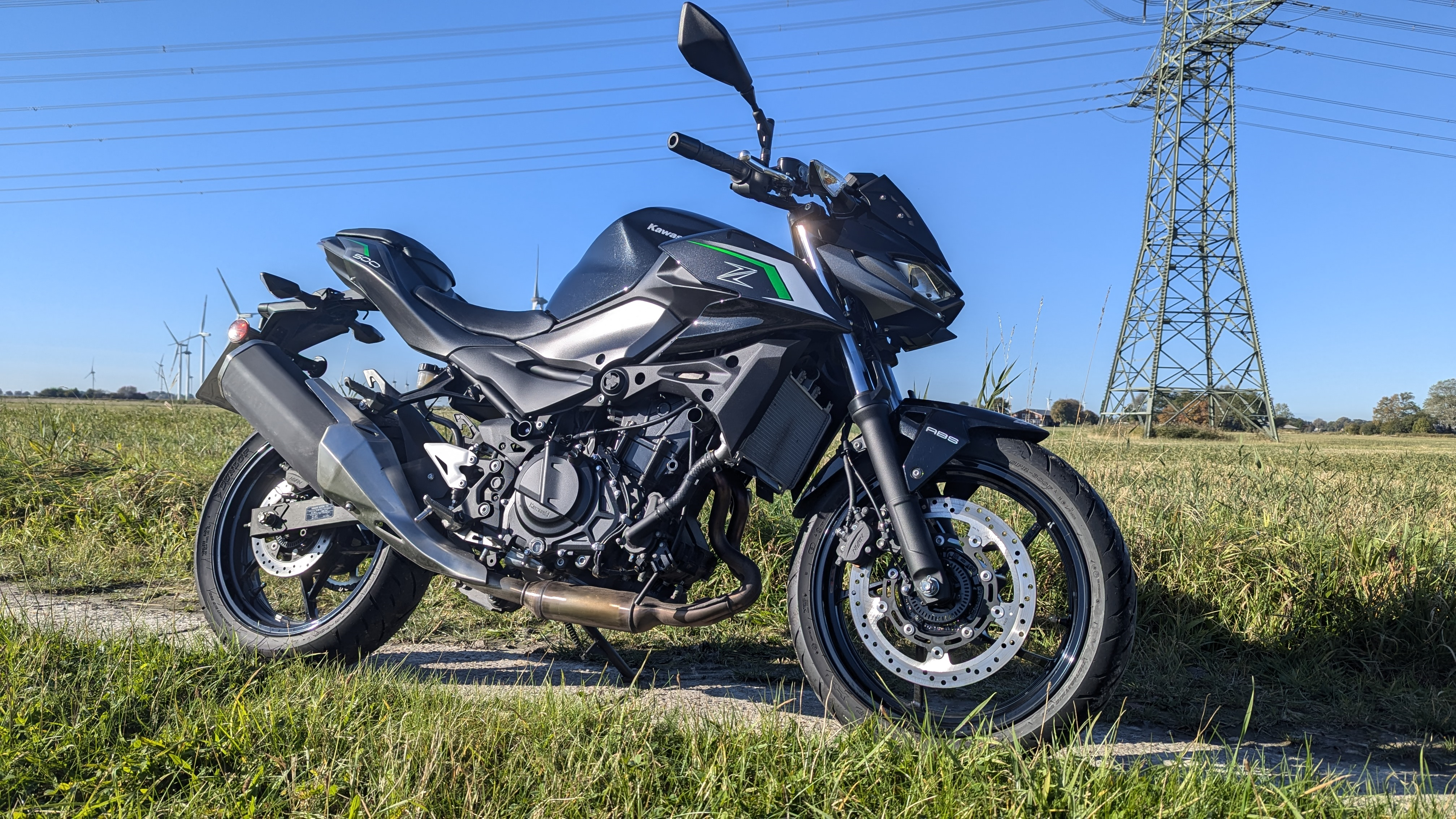 Photos: Motorradtest.de
Photos: Motorradtest.deAnd off goes the fox!
Kawasaki bores out the two-cylinder of the Z400 and out comes the new Z500 with now 451 cc. 38 Nm of torque becomes just under 43 Nm and the maximum output of 45.4 hp is now delivered at 9,000 rpm. Sounds like little, but it is clearly noticeable at the flyweight of 167 kg.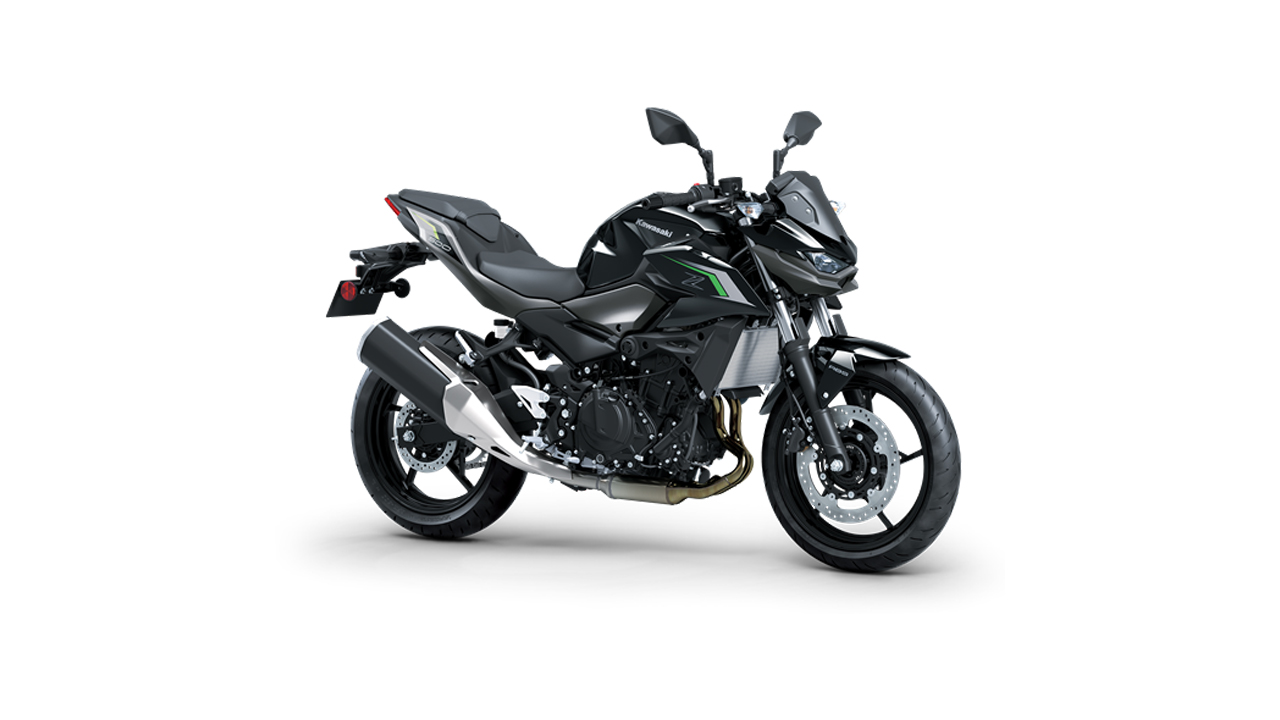
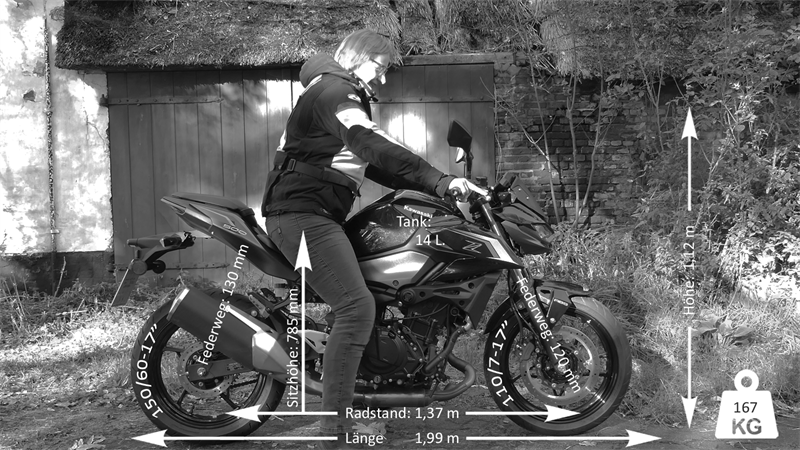
360 degree tour around the Kawa Z500
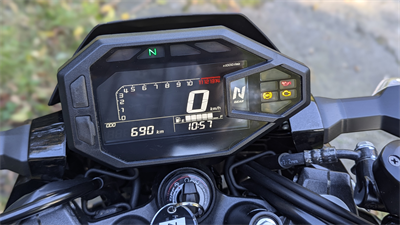
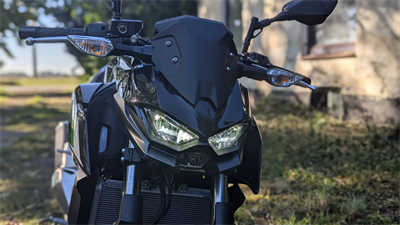
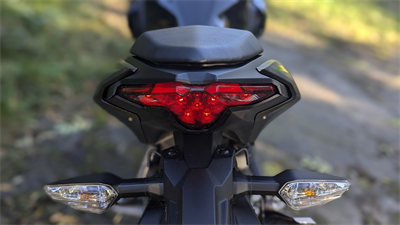
Technology of the Z500
The cockpit of the Z500 has been converted to an inverted LC display. It is bright and very easy to read and the most important information is all displayed at the same time: speed, gear, revs, fuel level, time and an on-board computer that also provides the average consumption and the remaining range.
There is even the option of linking the machine to a smartphone, but you can only read out the data here, navigation cannot be conjured up on the display.
When it comes to the light, everything has remained the same: front and rear lights, LEDs, turn signals with bulbs without automatic reset. On the Kawasaki Z500 SE, which will be available from 2025, LED turn signals and a TFT color display will be seen here, but the SE will certainly cost a few euros more. In any case, the operation of the Z500 is very simple - there is not really much to use. Oh yes - Kawa has also thought of a hazard warning lights.
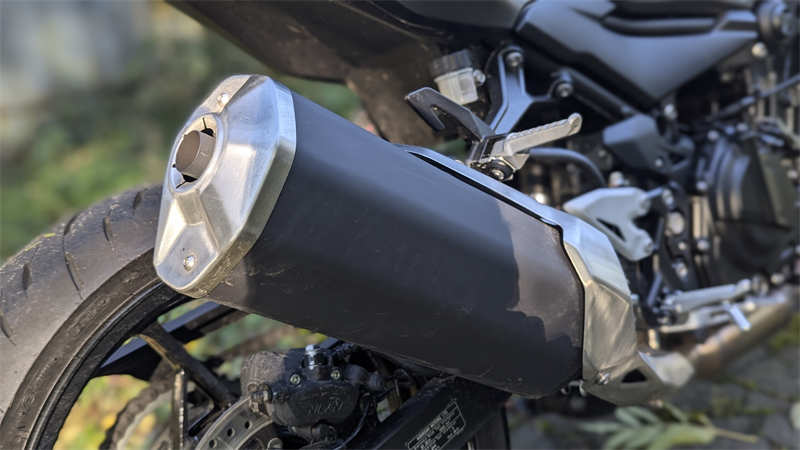 Sounds like a 500 sounds - rear silencer of the Z 500.
Sounds like a 500 sounds - rear silencer of the Z 500.This is how it drives
The soundcheck of the Z500 is so-so. Sounds like a 500. If you are interested, click on the soundcheck above. The first few meters with the Z500 are actually very reminiscent of the Z400: Rides like a bicycle, which is a big compliment! Hardly any other bike can get around corners so smoothly, and the short wheelbase sends its regards.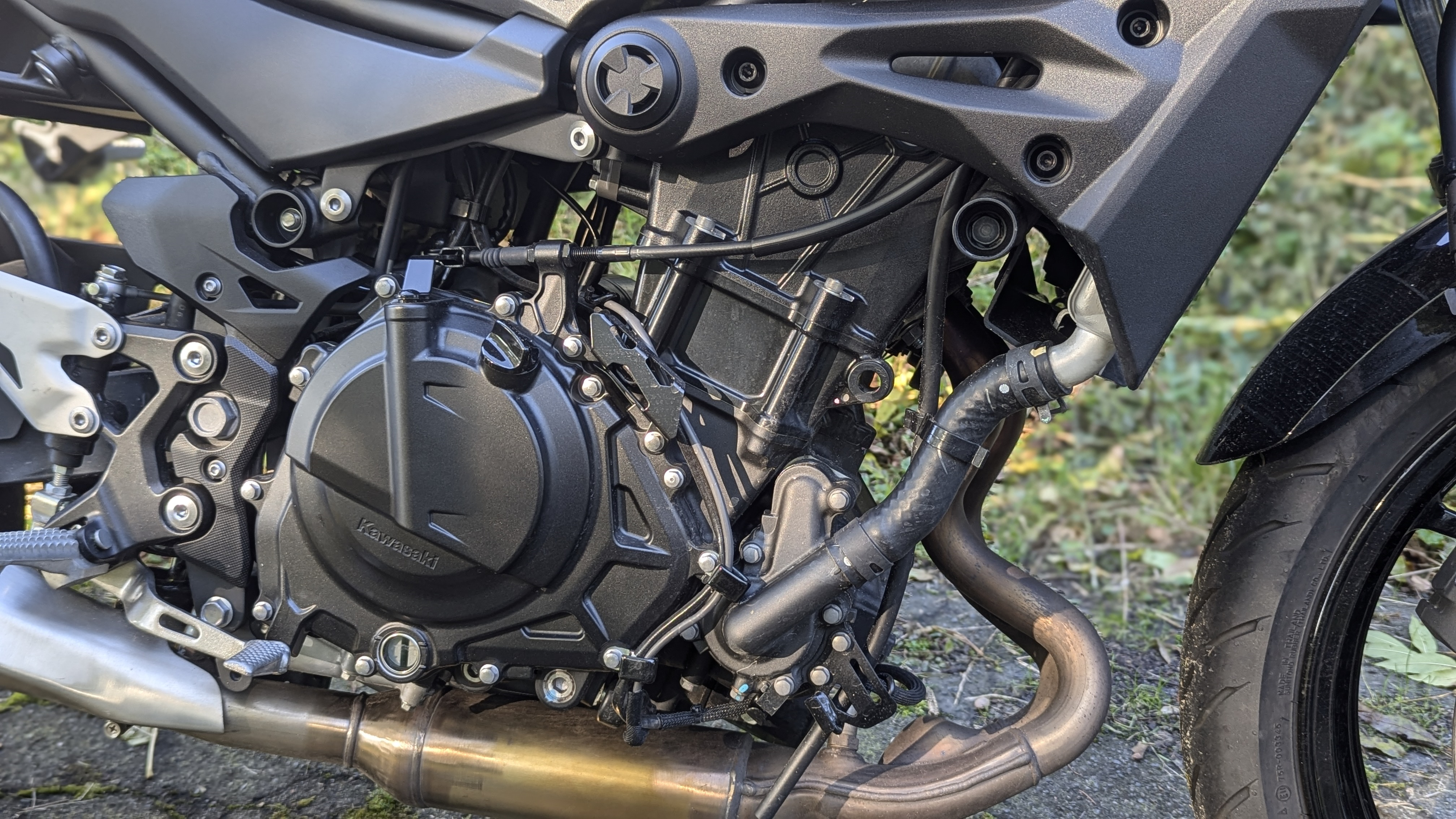
Engine of the Kawasaki Z500: 2 cylinders with 451 cc and 45 hp.
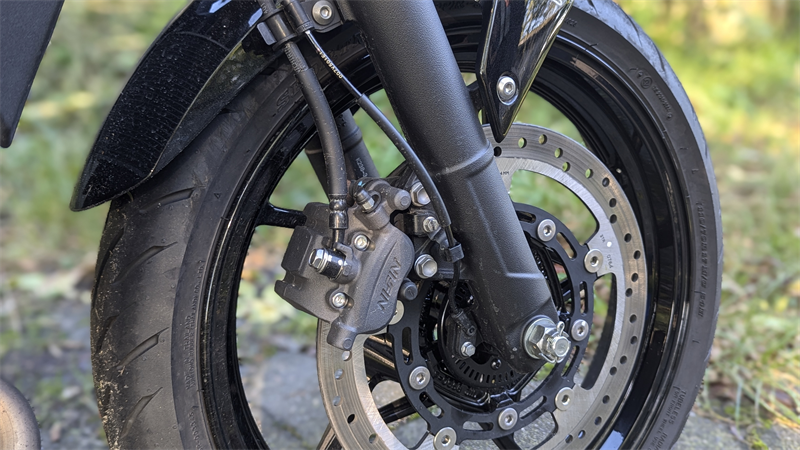 Brakes from Nissin.
Brakes from Nissin.>>> Data Comparison Kawasaki Z500 vs. A2 Naked Bikes <<<
Result
The Kawasaki Z500 is a better Z400. The update to the engine is noticeable and brings even more fun on the country road. Apart from the new LC display, almost everything is the same: It's a simple but well-made naked bike that should be of particular interest to A2 beginners. It is very light, easy to drive and easy to manoeuvre and therefore perhaps a good choice, especially for shorter women.If you want to test drive the Z500, you can do so very well at Heller & Soltau in St. Michaelisdonn . There she is ready as a demonstrator for all outrageous deeds - along with many other Kawas and Husqvarnas, all of which you can grab.
Price/availability/colours/years of manufacture
- Price: 5.995€
- Availability: since 2024
- Colors: Black only












Further tests
Kawasaki Ninja 650 Review
Review
Kawasaki Ninja 400
Review
Kawasaki Eliminator 500 in review
Review
KAWASAKI Z900RS
Review
Kawasaki Z7 Hybrid Review
Review